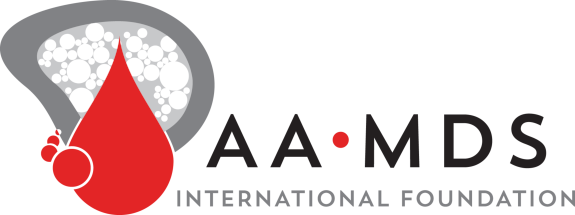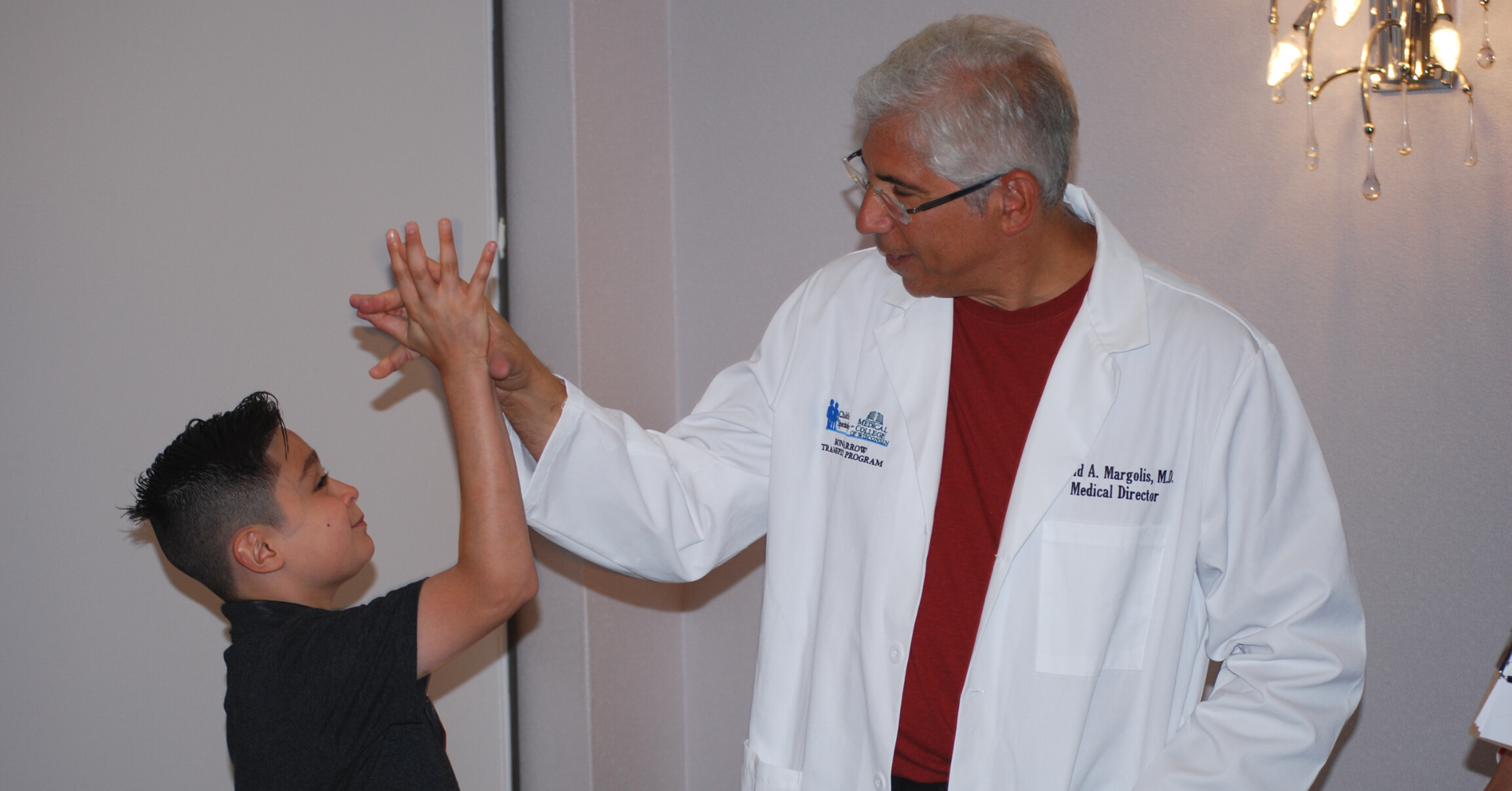What is Chronic Lymphocytic Leukemia or CLL?
Chronic lymphocytic leukemia (CLL) Chronic lymphocytic leukemia (CLL): (CRAW-nik lim-foe-SIGH-tick loo-KEE-mee-uh) Chronic lymphocytic leukemia is a type of blood, lymph node and bone marrow cancer in which too many abnormal white blood cells called lymphocytes accumulate in your body. is a type of cancer that involves certain white blood cells (lymphocytes) that develop in the bone marrow bone marrow: The soft, spongy tissue inside most bones. Blood cells are formed in the bone marrow. and lymph nodes. These cancer cells then move into the bloodstream.
Cancer cells often build up slowly in CLL. Many people don't have any symptoms for the first few years. Over time, the cells can spread to other areas, such as the lymph nodes, liver and spleen.
CLL is one of the most common types of leukemia in adults and mainly affects older adults. The average age at diagnosis is around 71 years. It rarely occurs in people under age 40. Although CLL includes the word “leukemia” because abnormal cells are found in the blood, CLL is more similar to non-Hodgkin lymphoma than to the other leukemias.
According to the American Cancer Society, about 19,000 new cases of CLL are diagnosed in the U.S. each year.
Relation to bone marrow failure diseases:
CLL patients who are treated with certain types of chemotherapy chemotherapy: (kee-moe-THER-uh-pee) The use of medicines that kill cells (cytotoxic agents). People with high-risk or intermediate-2 risk myelodysplastic syndrome (MDS) may be given chemotherapy to kill bone marrow cells that have an abnormal size, shape, or look. Chemotherapy hurts healthy cells along with… have an increased risk of developing myelodysplastic syndromes myelodysplastic syndromes: (my-eh-lo-diss-PLASS-tik SIN-dromez) A group of disorders where the bone marrow does not work well, and the bone marrow cells fail to make enough healthy blood cells. Myelo refers to the bone marrow. Dysplastic means abnormal growth or development. People with MDS have low blood cell count for at… (MDS).
What Causes CLL?
The exact cause of CLL is not known. There are, however, a few known risk factors that increase the chances of getting CLL. They include:
- Exposure to certain chemicals like Agent Orange and long-term exposure to some pesticides
- Gender, since males are more likely than females to get CLL
- A family history of CLL
- Ethnicity, since CLL is more common in people of North American or European decent than people of Asian descent
What are the symptoms of CLL?
Most people with CLL do not have any symptoms when diagnosed. The high lymphocyte lymphocyte: A type of white blood cell. B lymphoctyes, or B cells, help make special proteins called antibodies that fight bacteria and viruses (immune response). T lymphocytes, or T cells, help kill tumor cells and help the body's immune response. count is often found during routine blood tests. Some symptoms reported by patients include:
- Weakness
- Feeling tired
- Weight loss
- Night sweats
- Swelling of the lymph nodes in the neck, underarm, stomach, or groin
- Pain or a feeling of fullness below the ribs
- Fever and infection
As CLL becomes more advanced, the cancer cells can replace the bone marrow’s normal blood-making cells, which can cause the marrow to produce fewer red cells, white cells and platelets with these results:
- A low number of red blood cells (anemia) can lead to feeling very tired, shortness of breath and pale skin.
- A low number of normal white blood cells (leukopenia) can lead to a fever and frequent or severe infections.
- A low number of blood platelets (thrombocytopenia) can lead to problems with easy bruising and bleeding. Some people have frequent or severe nosebleeds or bleeding from the gums.
How do you diagnose CLL?
Doctors often discover CLL when doing routine blood tests for other reasons. For instance, a person's white blood cell white blood cell: Cells in the body that fight disease and infection by attacking and killing germs. There are several types of white blood cells including neutrophils, eosinophils, basophils, lymphocytes and monocytes. Each type of cell fights a different kind of germ. Also called WBC, leukocyte. count may be very high, even though he or she doesn't have any symptoms. Other tests that might be done to confirm diagnosis include:
- Physical exam and history
- Blood tests include:
- Complete blood count with a differential looks at the total number and type of blood cells in your blood
- A blood smear allows your doctor to look at your blood under a microscope
- Bone marrow aspiration Bone marrow aspiration: A medical procedure to remove of a small amount of liquid bone marrow through a needle inserted into the back of the hip. The liquid bone marrow is examined for abnormalities in cell size, shape, or look. Tests may also be run on the bone marrow cells to look for any genetic abnormalities. and biopsy to see howyour bone monocytes in your bone marrow look
- Cytogenetic testing that looks at abnormalities in your cell DNA
Different kinds of CLL:
- Some kinds of CLL grow slowly and patients don’t need treatment for a long time.
- Other kinds of CLL are more serious because they grow much faster.
The leukemia cells from these 2 types look alike, but tests reveal their differences.
What is the treatment for CLL?
Treatment depends on the stage of disease, how low the blood counts are, and symptoms like fever, chills, or weight loss, and whether the liver, spleen or lymph nodes are enlarged. The response to initial treatment and whether the CLL has recurred are also considered. Often no treatment is required for many years.
Treatment options include:
- Supportive care Supportive care: Care given to improve the quality of life, or comfort, of a person with a chronic illness. Supportive care treats the symptoms rather than the underlying cause of a disease. The goal is to help the patient feel better. Patients with low blood counts may be given blood transfusions as supportive… with blood transfusions blood transfusions: A blood transfusion is a safe and common procedure. Most people who have a bone marrow failure disease like aplastic anemia, MDS or PNH will receive at least one blood transfusion. When you receive a blood transfusion, parts of blood from a donor are put into your bloodstream. This can help some… , blood cell growth factors growth factors: Growth factors are naturally occurring hormones in your body that signal your bone marrow to make more of certain types of blood cells. Man-made growth factors may be given to some people with bone marrow failure diseases to help increase red blood cell, white blood cell or platelet counts. Red… and antibiotics antibiotics: The most common white blood cells are called neutrophils. They fight infection. Patients who don't have enough healthy neutrophils are said to have neutropenia. Because of their low white count, they may get infections easily and have trouble getting rid of infections. If you have neutropenia,… to treat infections
- to kill cancer cells
- Monoclonal antibodies, man-made versions of immune proteins that attach to a specific target cell, help the immune system find and destroy the cancer cells. Rituximab, obinutuzumab and ofatumumab are used because they target the protein CD20 found on the surface of B lymphocytes.
- Targeted therapies work in different ways to kill the CLL cancer cells and stop them from growing. Targeted therapies for CLL include Ibrutinib, idelalisib, venetoclax venetoclax: Venetoclax is used to treat chronic lymphocytic leukemia or small lymphocytic leukemia in adults. Venetoclax is used alone or in combination with other cancer medicines to treat these conditions. and others.
Clinical trials Clinical trials: Clinical research is at the heart of all medical advances, identifying new ways to prevent, detect or treat disease. If you have a bone marrow failure disease, you may want to consider taking part in a clinical trial, also called a research study. Understanding Clinical Trials Clinical… , also called research studies, may offer good treatment options for some CLL patients. These studies also help researchers better understand the value of promising new treatments or procedures.


